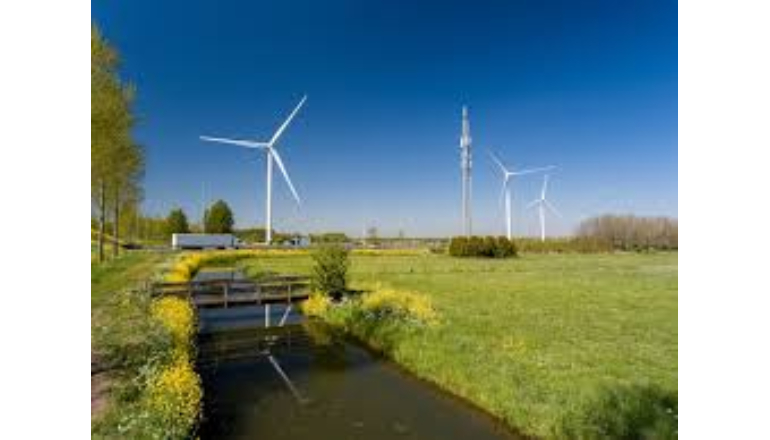India’s pursuit of a sustainable energy future has positioned it as a global voice of reason.
Union Minister of New and Renewable Energy, Mr Pralhad Joshi, reiterated the same during his keynote address. He highlighted India’s advancements in green shipping and renewable energy transition at the Hamburg Sustainability Conference in Germany.
According to the union minister, India’s capacity for renewable energy has increased dramatically since 2014, rising from 75 GW to over 208 GW, a 175% increase.
Over this time, the total RE increased by 86%, from 193.5 billion units to 360 billion units. In the past ten years, the capacity of solar energy has also increased 33 times. Mr Joshi underscored how India is at the forefront of international efforts to use solar energy to fight climate change, as evidenced by the International Solar Alliance, which has the backing of more than 100 nations.
“India is the only G20 country to have met its climate targets ahead of schedule, despite having the lowest per capita emissions among G20 nations,” he remarked. He emphasized that energy security and access remain paramount for India, but this has never hindered the nation’s commitment to energy transition on both national and global scales.
Green shipping:
On green shipbuilding, India wants to rank among the top ten shipbuilding countries by 2030 and the top five by 2047. It is making great progress in the green shipping sector, Mr Joshi asserted.
He stressed the importance of the maritime industry to international trade as well as how it affects greenhouse gas emissions.
“As we move closer to reaching net-zero emissions, the need for sustainable maritime transportation has grown significantly,” he said.
India is leading the way in the green shipping sector thanks to international cooperation, government initiatives, and technological advancements.
The Minister also detailed about the modernization of Indian shipyards and the reopening of older dockyards to increase the capacity for building green ships. He cited the government’s strong emphasis on alternative fuels and renewable energy sources like biofuels and wind power.
He said, “India is becoming a promising hub for green shipbuilding.” The country is working to become one of the top five shipbuilding nations by 2047 by modernizing its port infrastructure to accommodate hybrid models and green shipping fuels.
Focus on green hydrogen:
Mr Joshi extended an invitation to foreign parties to participate in India’s large-scale renewable energy and green hydrogen initiatives.
He informed the audience that with an initial investment of $2.4 billion, the National Green Hydrogen Mission (NGHM) seeks to generate 5 million metric tonnes (MMT) of green hydrogen yearly by 2030, drawing in over $100 billion in investments and adding over 6 lakh jobs.
Pilot projects under the NGHM, with an investment of $14 million, are already exploring the use of green hydrogen in the shipping sector. “We are focusing on converting existing vessels to operate on green hydrogen or its derivatives. The Shipping Corporation of India is currently converting two vessels to run on green methanol,” the Minister explained.
India is laying the groundwork for the development of hydrogen hubs, which will revolutionize its energy landscape, with an investment of about $25 million. Furthermore, in order to support green hydrogen-powered ships, ports like Deendayal, Paradip, and V.O. Chidambaranar are being developed into important hydrogen hubs with bunkering and refueling facilities.
“India’s embrace of innovative technologies, investment in robust infrastructure, and cultivation of international cooperation have elevated us from a mere participant to a leading force in this global transition,” Mr Joshi concluded.

